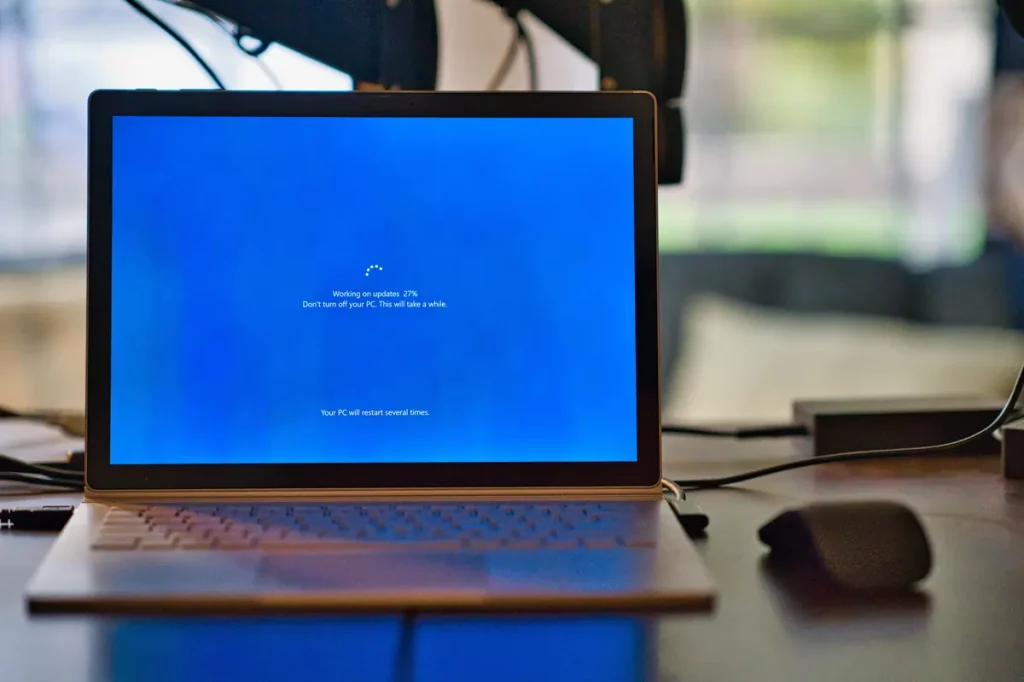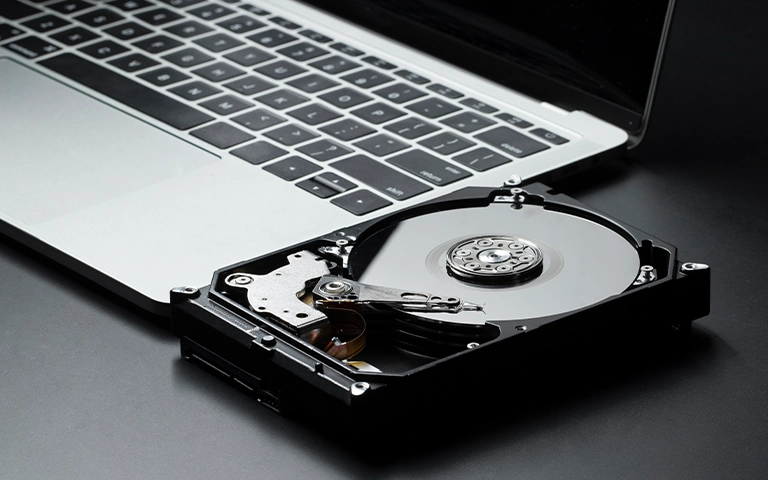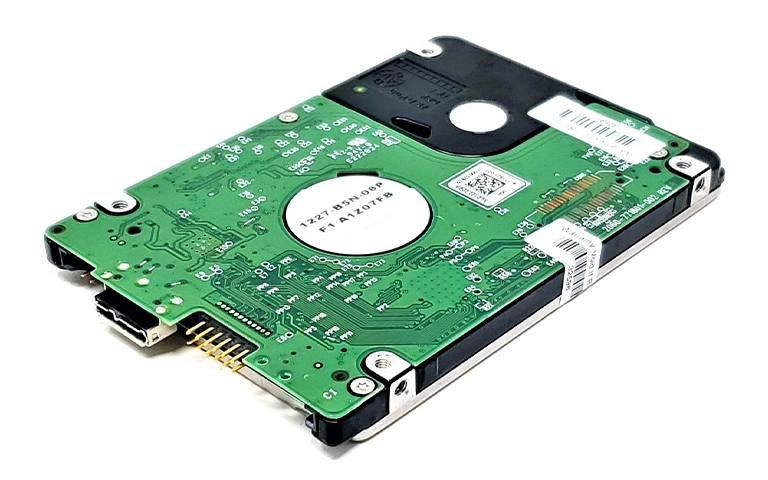What to Do if Your Windows-Operated Device Fails
Power down the device, and do not try to rerun it. Using the device after a failure occurs may overwrite your essential files. Moreover, it is vital not to re-install the software, as all files may be lost permanently. Many online recovery tools exist, but using them on your failed device can worsen the situation. Also, repairing the appliance in unspecialized facilities will not bring good news, so it is better to entrust the professionals.

Request help from our highly qualified data recovery engineers by filling out our online form or calling our customer service line at 888.611.0737.
Recovering a lost file system can be challenging, but our professionals are dedicated to doing everything possible. We aim to make the restoration process is as manageable as possible; hence, we offer our customers a risk-free evaluation.
This evaluation helps our technicians understand your case better and choose the most suitable recovery strategy.
Our engineers perform a detailed analysis in our specialized facilities to locate all sources of media damage. When they examine your case under their deep scan, they estimate which recovery technique is the most efficient for your device. This allows us to accurately recover your data without causing further damage.
Causes of Windows Failure
Windows is considered a reliable operating system for users worldwide. People run Windows on their devices and entrust all their functions to this system. There are over 1.5 billion Windows users globally, and all of them rely on the system. Still, as with any OS, your Windows-operated device can crash anytime. When a failure occurs, all your files can be lost in a moment.
Windows Registry Corruption
The Windows registry, a vital database, stores low-level settings for the OS and apps. Corruption can cause system instability, crashes, and boot failures.
Blue Screen of Death Errors
Critical failure messages can arise from hardware issues, driver conflicts, or corrupt system files, leading to system crashes and potential data loss.
Update Failures
Faulty Windows updates can leave the system unstable, causing boot issues and potentially leading to data loss.
File System Conversion Errors
Errors encountered during the conversion of file systems (for example, converting FAT32 to NTFS) can lead to data loss or corruption.
Disk Management Errors
Errors in the Windows Disk Management tool, like resizing or deleting partitions incorrectly, can lead to major data loss.
User Profile Corruption
Windows uses user profiles to handle settings and data for each user. If a user profile gets corrupted or deleted, personal data can be lost.
Failed Bootloader
Windows bootloader issues can hinder system startup, requiring boot data recovery.
Encryption Errors
BitLocker or other encryption service errors can make data inaccessible, needing decryption recovery services.
















